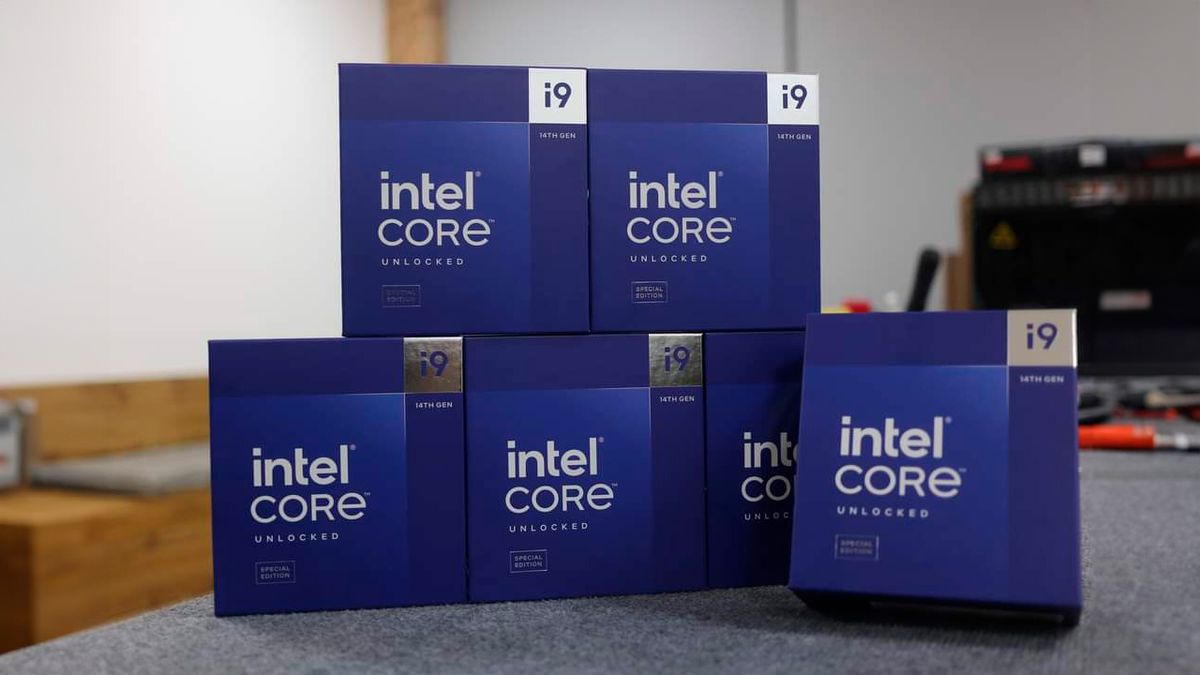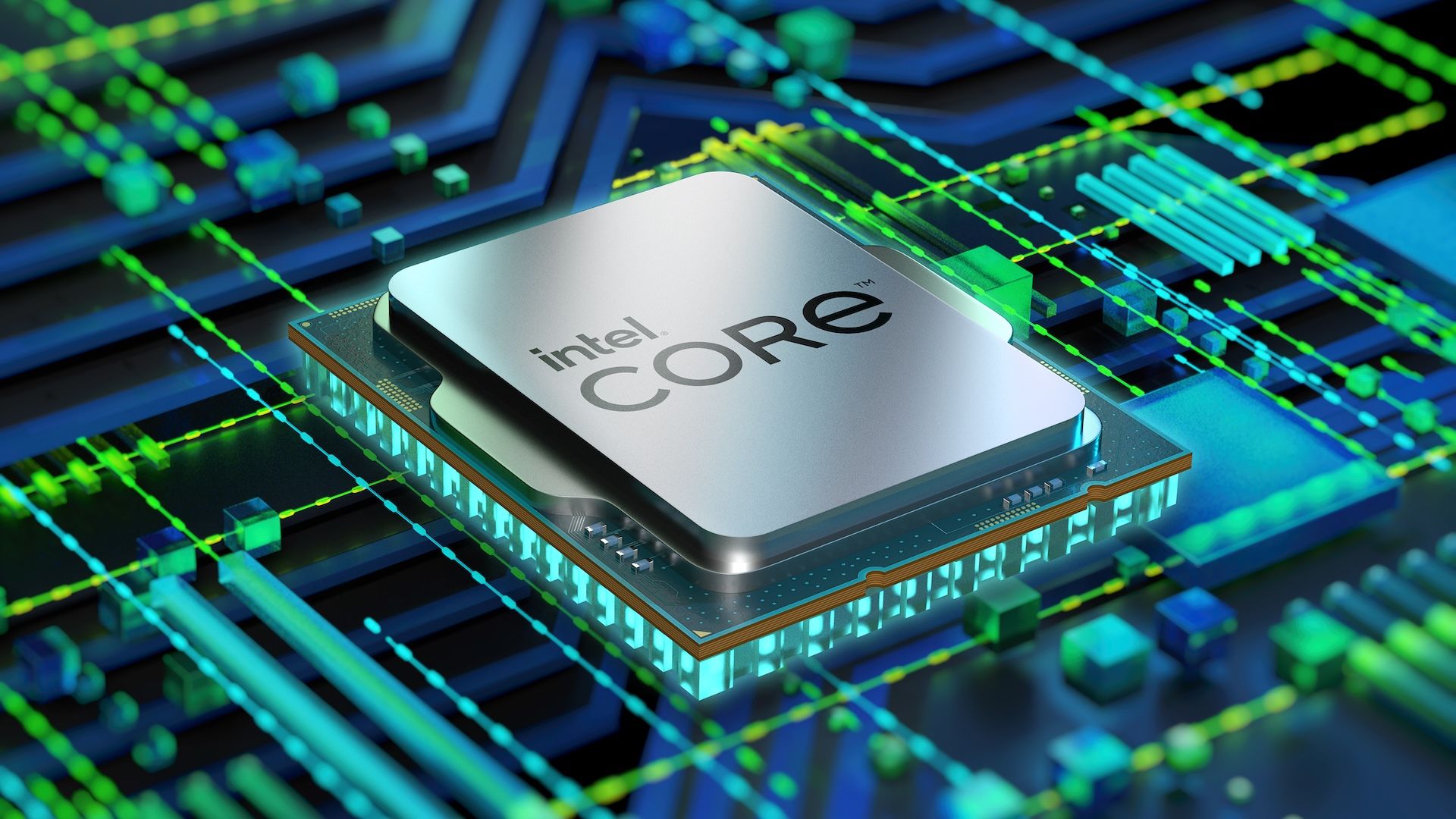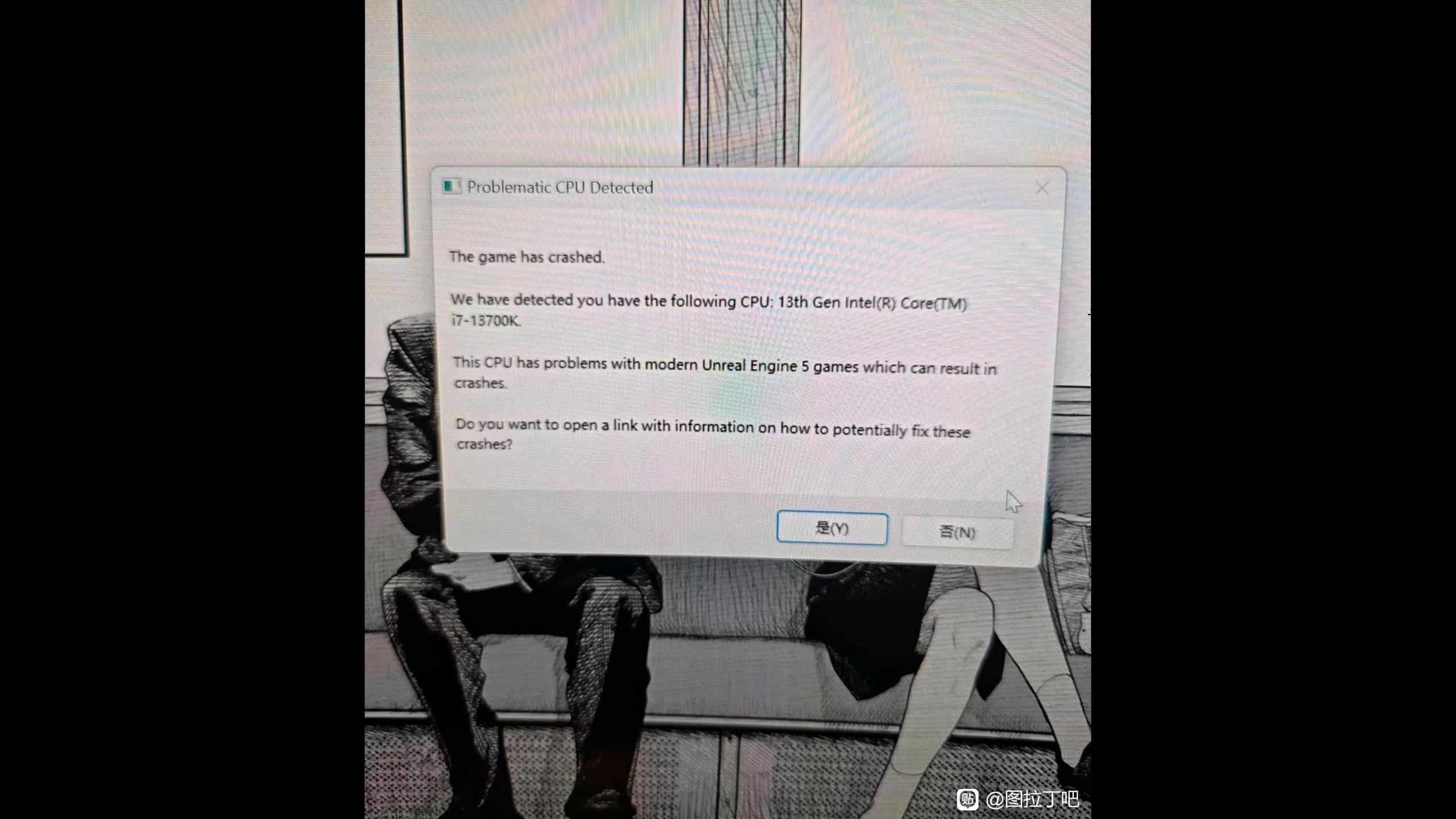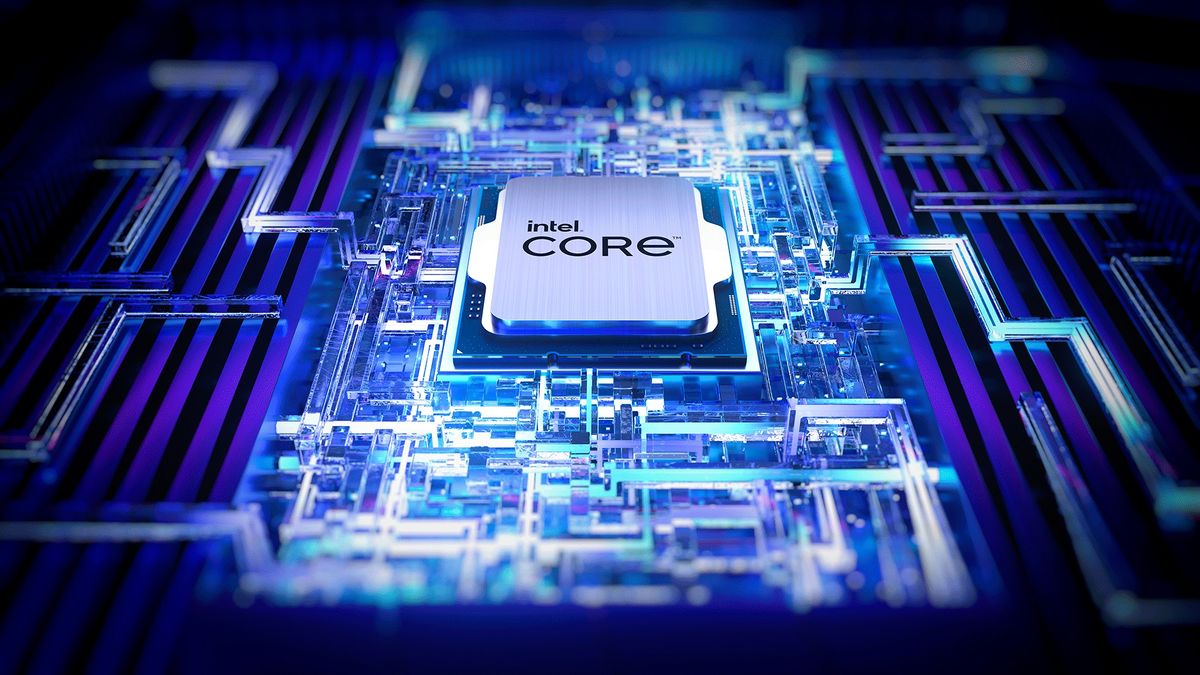Another theory I've been seeing is electromigration. I'm not entirely sure about it, iirc electromigration is mostly a function of current density in a conductor, not voltage. Obviously if voltage goes up that can result in higher currents, but not much higher since that's a linear relationship.
You are using an out of date browser. It may not display this or other websites correctly.
You should upgrade or use an alternative browser.
You should upgrade or use an alternative browser.
13900K and 14900K failures
- Thread starter mr_roboto
- Start date
- Joined
- Sep 26, 2021
- Posts
- 7,585
- Main Camera
- Sony
i would seriously doubt it. The current in CMOS is going to be bidirectional. Bidirectional current won't cause electromigration.Another theory I've been seeing is electromigration. I'm not entirely sure about it, iirc electromigration is mostly a function of current density in a conductor, not voltage. Obviously if voltage goes up that can result in higher currents, but not much higher since that's a linear relationship.

Unreal Engine supervisor at ModelFarm blasts 50% failure rate with Intel chips — company switching to AMD's Ryzen 9 9950X, praises single-threaded performance
Criticism increases.
Dylan Browne, an Unreal Engine Supervisor and Feature Film VFX at the ModelFarm visual effects studio, posted on X that his company is experiencing a 50% failure rate for systems powered by Intel's Core i9-13900K and 14900K processors. As a result, the company is deploying AMD's Zen 5 Ryzen 9 9950X processors in place of Intel-powered solutions, with Browne praising AMD's single-thread performance.
Intel potentially losing B2B customers is probably the biggest threat.
KingOfPain
Site Champ
- Joined
- Nov 10, 2021
- Posts
- 741
This video assumes that Intel issued a statement on the voltage problem first and appended a comment on the oxidation later on that the oxidation won't be mentioned in news messages.
Not sure if that's actually true, but it certainly makes Intel look bad, especially if the oxidation issue really has been known since last year.
Not sure if that's actually true, but it certainly makes Intel look bad, especially if the oxidation issue really has been known since last year.
KingOfPain
Site Champ
- Joined
- Nov 10, 2021
- Posts
- 741
Interesting, AMD delays Ryzen 9000 until August 15 due to quality issues.

Intel 13th Gen CPUs allegedly have 4X higher return rate than the prior gen — retailer stats also claim Intel CPU RMAs are higher than AMD
The Intel CPU return rate has quadrupled in four years.
According to data from Les Numeriques, only 1% of AMD processors were returned in 2020, while Intel had a 1.75% return rate then. So, if AMD’s return rate remained stable since then, we can extrapolate that the Raptor Lake chips have a return rate of 4% to 7% while Raptor Lake Refresh processors would have 3% to 5.25%. We should also note that these numbers only reflect return rates that went through the retailer channels, not those that went straight to Intel.

Game dev adds in-game crash warning for 13th and 14th Gen Intel CPUs — link provides affected owners instructions to mitigate crashes
The crash message notifies users that Raptor Lake CPUs are causing game crashes and directs them to a link to potentially limit the issue.
The Verge asked Intel about how intends to make customers whole or protect their future/current customers:

There is no fix for Intel’s crashing 13th and 14th Gen CPUs — any damage is permanent
We got some answers from Intel, and more are on the way.
Spoiler: I sure didn’t and I’m not affected. Also:This raises lots of questions. Will Intel recall these chips? Extend their warranty? Replace them no questions asked? Pause sales like AMD just didwith its Ryzen 9000? Identify faulty batches with the manufacturing defect?
We asked Intel these questions, and I’m not sure you’re going to like the answers.
And, perhaps for the first time, Intel has confirmed just how broad this issue could possibly be. The elevated voltages could potentially affect any 13th or 14th Gen desktop processor that consumes 65W or more power, not just the highest i9-series chips that initially seemed to be experiencing the issue.
@ArgoDuck I just edited this post with an additional story after you saw it - one even more worthy of that reaction. Intel’s response … to call it lackluster is an understatement.
Last edited:
Interesting, AMD delays Ryzen 9000 until August 15 due to quality issues.
Wow, x86 is looking not so good presently. Apple should release new desktops asap.
Intel 13th Gen CPUs allegedly have 4X higher return rate than the prior gen — retailer stats also claim Intel CPU RMAs are higher than AMD
The Intel CPU return rate has quadrupled in four years.www.tomshardware.com

Game dev adds in-game crash warning for 13th and 14th Gen Intel CPUs — link provides affected owners instructions to mitigate crashes
The crash message notifies users that Raptor Lake CPUs are causing game crashes and directs them to a link to potentially limit the issue.www.tomshardware.com
The Verge asked Intel about how intends to make customers whole or protect their future/current customers:

There is no fix for Intel’s crashing 13th and 14th Gen CPUs — any damage is permanent
We got some answers from Intel, and more are on the way.www.theverge.com
Spoiler: I sure didn’t and I’m not affected. Also:
@ArgoDuck I just edited this post with an additional story after you saw it - one even more worthy of that reaction. Intel’s response … to call it lackluster is an understatement.
KingOfPain
Site Champ
- Joined
- Nov 10, 2021
- Posts
- 741
I believe Moore's Law is Dead isn't considered the best source for information, but according to their Intel sources the Raptor Lake ring bus is being cooked by the high voltages:
- Joined
- Sep 26, 2021
- Posts
- 7,585
- Main Camera
- Sony
I believe Moore's Law is Dead isn't considered the best source for information, but according to their Intel sources the Raptor Lake ring bus is being cooked by the high voltages:
I’ve read a similar theory (i won’t watch videos not made by semiconductor physicists) but it seems doubtful to me. Starting with the premise that for some reason the bus needs lower voltages than the cores. That seems backwards to me (despite what an alleged Alder Lake engineer said). I’d need some explanation for that premise. Typically you need to drive a bus at a higher voltage to compensate for higher capacitive loads, in order to keep the slew rates fast enough to avoid cross-coupling affects. You typically use beefier transistors in bus-related circuitry.
Yoused
up
- Joined
- Aug 14, 2020
- Posts
- 8,200
- Solutions
- 1
Total WAG: it is a "ring" bus, which I interpret as being constructed in segments; since a segment is not as massive as a common bus, they figured they could drive it with smaller transistors, but they went too small?Typically you need to drive a bus at a higher voltage to compensate for higher capacitive loads, in order to keep the slew rates fast enough to avoid cross-coupling affects. You typically use beefier transistors in bus-related circuitry.
- Joined
- Sep 26, 2021
- Posts
- 7,585
- Main Camera
- Sony
“ring” refers to the architecture, not the design. As with any bus, there are doubtless repeaters as necessary due to physics.Total WAG: it is a "ring" bus, which I interpret as being constructed in segments; since a segment is not as massive as a common bus, they figured they could drive it with smaller transistors, but they went too small?

Intel class action lawsuit investigation begins for the company's CPU crashing and instability issues
Sharks are circling.
diamond.g
Site Champ
- Joined
- Dec 24, 2021
- Posts
- 972
Intel has extended the warranty for boxed 13/14 Gen an additional 2 years.


Intel Core 13th/14th Gen Boxed Desktop Processor Warranty Update
*9/25/24 - Please go to the following link for the latest updates: Intel Core 13th and 14th Gen Desktop Processor Vmin Instability Issue Root Cause* Intel is committed to making sure all customers who have or are currently experiencing instability symptoms on their 13th and/or 14th Gen desktop...
community.intel.com
- Joined
- Sep 26, 2021
- Posts
- 7,585
- Main Camera
- Sony
they should just give you 2 or 3 chips in the box.Intel has extended the warranty for boxed 13/14 Gen an additional 2 years.

Intel Core 13th/14th Gen Boxed Desktop Processor Warranty Update
*9/25/24 - Please go to the following link for the latest updates: Intel Core 13th and 14th Gen Desktop Processor Vmin Instability Issue Root Cause* Intel is committed to making sure all customers who have or are currently experiencing instability symptoms on their 13th and/or 14th Gen desktop...community.intel.com
KingOfPain
Site Champ
- Joined
- Nov 10, 2021
- Posts
- 741
Gamers Nexus provides even more critisism of Intel's poor handling of the issues:
Gamers Nexus provides even more critisism of Intel's poor handling of the issues:
I was just about to post this - also a good entry for @Eric’s fall of Intel thread.
AnandTech Forums: Technology, Hardware, Software, and Deals
Seeking answers? Join the AnandTech community: where nearly half-a-million members share solutions and discuss the latest tech.
Those chips that have already succumbed to the issue from repeated voltage spikes have deteriorated in such a way that the minimum voltage needed to operate the chip – Vmin – has increased beyond Intel’s original specifications. As a result, those chips are no longer getting enoughvoltage to operate.
And while all signs point to this degradation being irreversible (and a lot of RMAs in Intel’s future), there is a ray of hope. If Intel’s analysis is correct that degraded Raptor Lake chips can still operate properly with a higher Vmin voltage, then there is the possibility of saving at least some of these chips, and bringing them back to stability.
- Joined
- Sep 26, 2021
- Posts
- 7,585
- Main Camera
- Sony
Ok, then as I guessed earlier, what we have here is hot carrier injection. Carriers stuck in the gate oxide, raising the threshold voltage, meaning you need more voltage to achieve the same current, and shutting transistors off can be more difficult. The problem is if you raise Vmin, you’re just making the problem worse - you are creating a high electric field that just causes more HCI.AnandTech Forums: Technology, Hardware, Software, and Deals
Seeking answers? Join the AnandTech community: where nearly half-a-million members share solutions and discuss the latest tech.www.anandtech.com
- Joined
- Sep 26, 2021
- Posts
- 7,585
- Main Camera
- Sony
Ok, then as I guessed earlier, what we have here is hot carrier injection. Carriers stuck in the gate oxide, raising the threshold voltage, meaning you need more voltage to achieve the same current, and shutting transistors off can be more difficult. The problem is if you raise Vmin, you’re just making the problem worse - you are creating a high electric field that just causes more HCI.
I also wonder *why* this is happening. A few tenths of a volt here and there should not cause a massive HCI problem, unless there is a problem with the transistor design itself - some sort of doping problem or a geometry problem like a right angle that is causing field lines to concentrate.
Last edited:

Raptor Lake instability hits streamer Asmongold — Black Myth: Wukong shader compilation fails on stream
"Out of memory"
EmbarrassingRaptor Lake instability hits streamer Asmongold — Black Myth: Wukong shader compilation fails on stream
